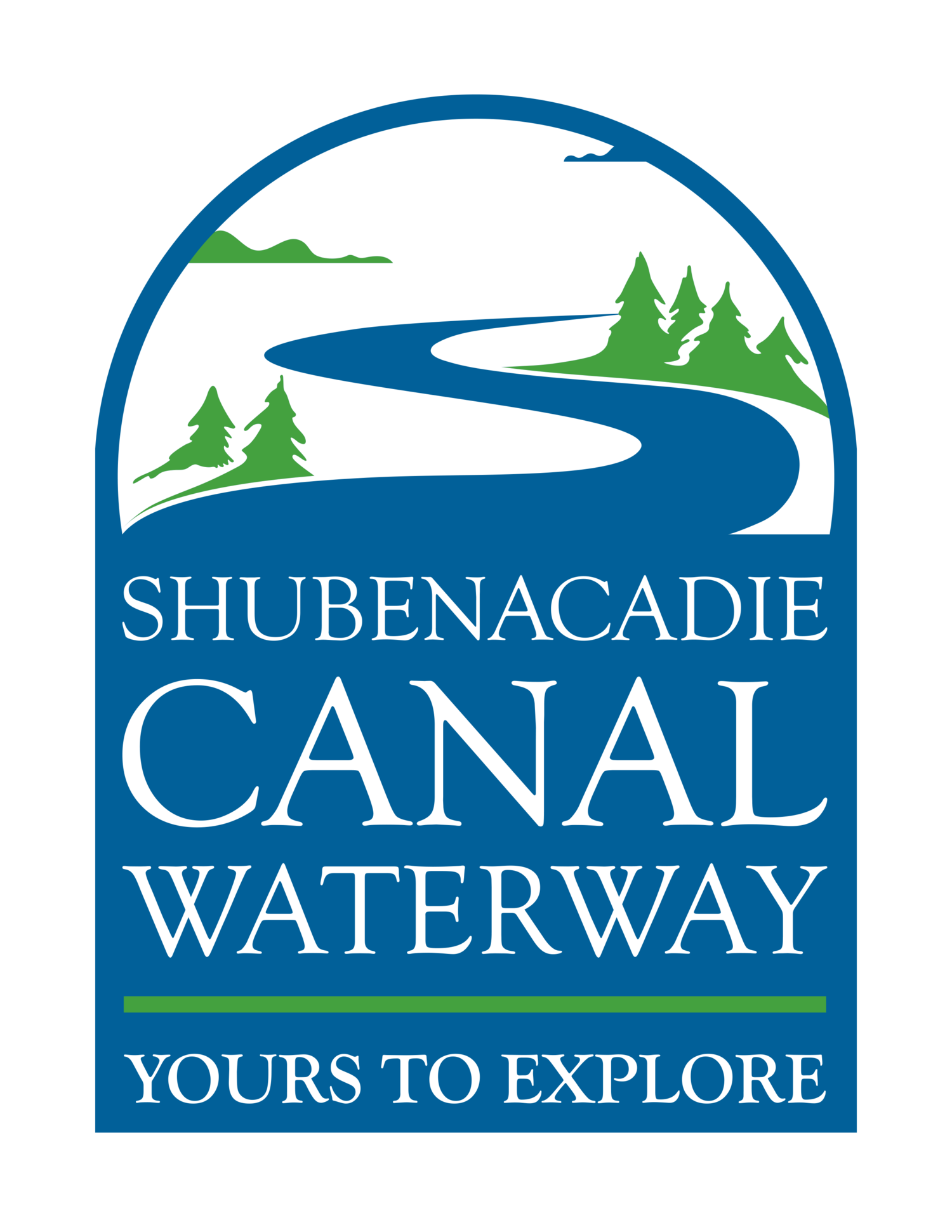Shubenacadie Grand Lake is the last of the seven lakes along the waterway and the only one not wholly contained within Halifax Regional Municipality. It is located near the present location of Halifax Stanfield International Airport.
This lake is often simply called “Grand Lake” by locals. It is also called Kji-qospem in Mi’kmaq, which literally translates to “grand lake”. The official full name “Shubenacadie Grand Lake” helps distinguish it from other bodies of water in Nova Scotia with similar names.
As its name suggests, Shubenacadie Grand Lake is the largest of the seven lakes along the waterway, measuring about 13 km (8 mi) long. Despite its impressive size, it is actually only a remnant of a far bigger lake that existed during the last Ice Age.
Boats using the Shubenacadie Canal Waterway did not travel the full length of Shubenacadie Grand Lake. Instead, they moved between Lock 5 at the south end of the lake and the Shubenacadie River, which begins about two-thirds of the way up its eastern shore. Shubenacadie Grand Lake was also a common terminus for canal traffic, with timber and other natural resources harvested in the area being loaded onto boats there to be shipped back to Halifax. The Grand Lake Company, named after the lake, was one of the biggest users of the canal.
A stream runs from Fletchers Lake northwards into Shubenacadie Grand Lake. In order to maintain the water level in Fletchers Lake, a dam was built where this stream enters Shubenacadie Grand Lake. Lock 5 was then installed in the western side of the dam to allow boats to pass through the resulting change in elevation. The area around Lock 5 became known as Lockport, and was once a bustling community with a mill and a boat yard.
Today, Shubenacadie Grand Lake remains a popular location for a variety of reasons. Lock 5 is the only fully restored lock in the Shubenacadie Canal system, allowing visitors to see exactly how it operated. The surrounding Lock 5 Park is a scenic spot for a picnic and also features a boat launch site. Laurie Provincial Park, which features overnight campsites, and Oakfield Provincial Park are also located along the lake. Fishers will relish the opportunity to catch bass, pickerel, trout, and salmon, while travellers from outside the province will appreciate the easy access to the airport.
Lock 5 opens directly onto the southern end of Shubenacadie Grand Lake. A public boat launch is also located at the same site.


